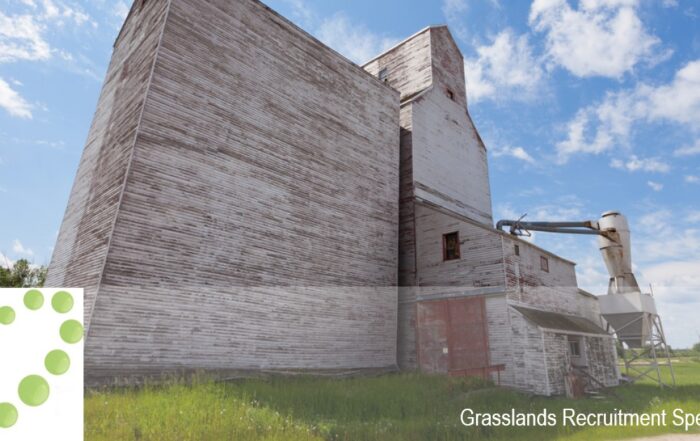Both your resume and LinkedIn profile can affect the success of your career search. Just as a poorly written resume misrepresents your skillset and abilities, a well-defined LinkedIn profile enhances your professional online presence. Thus, defining your career online while connecting with colleagues, companies, recruiters, and other professionals is key to selling yourself to a prospective employer. Right or wrong, however, those who choose to avoid having an online presence can negatively affect their employment prospects.
A Resume vs. LinkedIn
Each has a different purpose.
- A resume is used to actively seek out new career opportunities
- Use LinkedIn to connect and engage with others and create a strong professional network.
You need to make sure your resume and LinkedIn profile are up to date and serve the right purposes. Most importantly, recruiters and hiring managers look at both.
Resume Tips
The main purpose of your resume is to get an interview. Below are links to our resume tips for review:
- Things to remove from your resume
- Here are tips to write a strong candidacy marketing package:
LinkedIn Profile Tips
As a resume is specific to the position you look for, it takes more time to create it. LinkedIn is, however, a broad overview of your career and accomplishments.
Here are a couple tips to create an informative and engaging LinkedIn profile (check out LinkedIn‘s suggestions):
Profile picture:
This is your calling card on LinkedIn. As visual beings, if you do not include a photo on your LinkedIn profile, some may question its legitimacy. Thus, we recommend you use a professional headshot.
Headline:
There is no rule that the description at the top of your profile page must be just a job title. Ensure to use the headline to say a bit more about how you see your role, etc.
One profile:
Create one career-focused profile on LinkedIn and regularly update your profile as you gain new experiences, skills, professional development and make career moves. So, if you keep this professional document updated, it will support the application process of applying for jobs.
Detail:
Make your LinkedIn profile more detailed than a resume. Add in details about earlier jobs, education, and skills – include your entire work history if you like! Use all the available sections in LinkedIn to support your profile – display applicable links to your work, recommendations, and list skills and accomplishments. If applicable, you can even write articles and share content to put your knowledge and insights on display.
Keywords:
Optimize the keywords that are related to your skills, experience, and desired roles. Why? Make it easier for recruiters to find you. As recruiters use LinkedIn to find potential candidates for key clients, using the right keywords increases the odds of your profile appearing in LinkedIn searches. TIP: If your position title is unique to your employer, make sure you include the average industry title within the profile.
Thus, you need both a strong LinkedIn profile and resume to best support your career advancement goals. Keep them updated and on point to connect with recruiters and apply for jobs.
Share This Story, Choose Your Platform!
Agri-Food Chain is at Risk
The agriculture and agri-food sectors are a major economic force in Canada. It employs over 2.3 million Canadians. Amazingly, this sector accounts for 1 in 8 jobs in the Canadian economy (12% of Canadian READ MORE-->
The Importance of Culture Fit
Many organizations now include a People & Culture interview as part of their hiring process. This stage not only helps the organization assess your cultural fit but also gives you the opportunity to gain READ MORE-->

